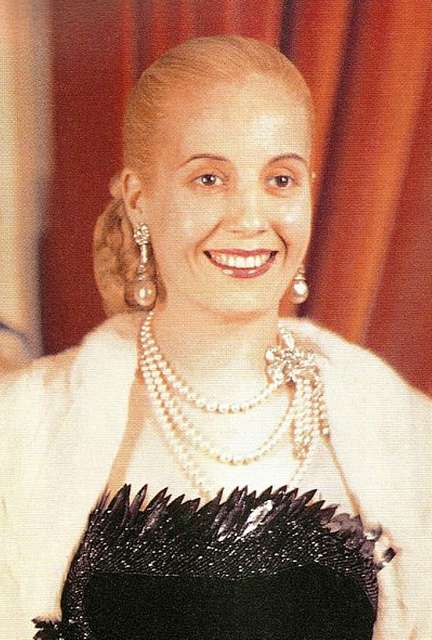When we think of a person’s fame, we often look at what they accomplished during their lifetime. However, a fair few individuals receive nearly all of their notoriety after their death. By and large, almost all bodies are buried close to the time of their death. But, some bodies go on to be made into preserved or natural mummies, therefore becoming famous corpses. The corpses on this list range from royalty to political leaders to everyday people preserved by the elements. Take a look at history’s most famous corpses in the gallery below and let us know your pick for the most fascinating corpse on this list in the comments section on social media.
King Tut (1341 BC to 1323 BC)
Tutankhamun, also known as King Tut, was an ancient Egyptian pharaoh who was the last in line of his family’s dynasty. He took the throne around eight or nine and died around the age of 18 or 19. His nearly intact tomb was discovered by archeologist Howard Carter in 1922 and over 5,000 artifacts, notably the mask of Tutankhamun, were recovered. His tomb is currently housed at the Grand Egyptian Museum in Cairo, which will be opening later this year.
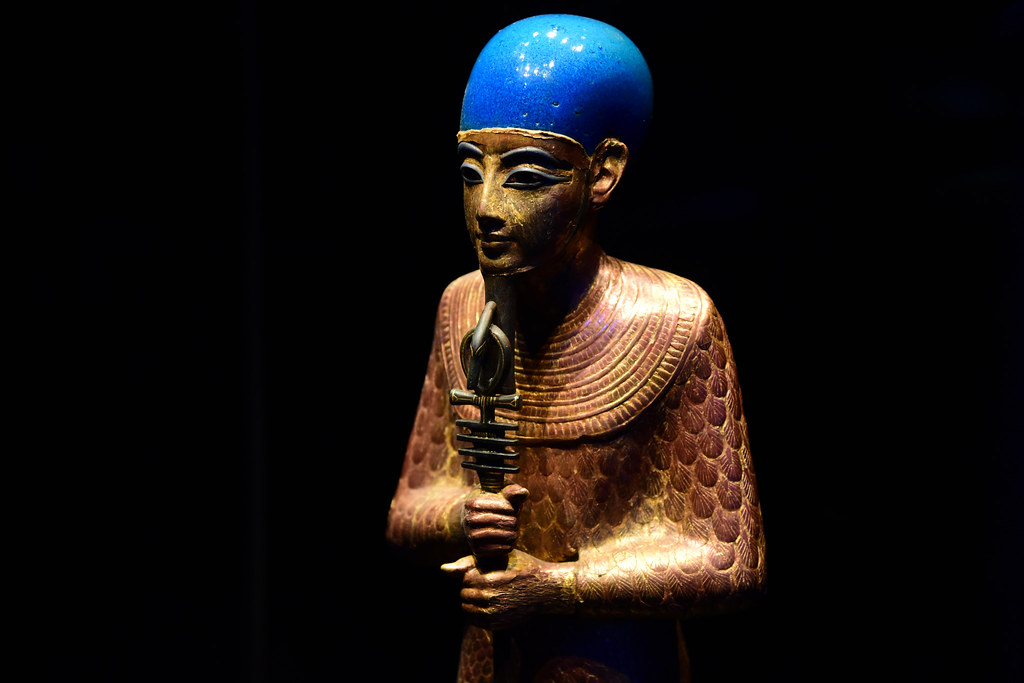
Mao Zedong (1893-1976)
Mao Zedong was a Chinese communist revolutionary who was the chairman of the Communist Party of China until his death. Zedong wanted to be cremated, however, his body was instead embalmed. The process of embalming Mao Zedong is ongoing, as he’s continuous pumped with formaldehyde and his crystal vacuum-sealed coffin is filled with helium. His brain remains but his heart, lungs, stomach, kidneys, intestines, liver, pancreas, bladder, gallbladder, and spleen have been removed. His body is on display at the Mausoleum of Mao Zedong, which is located in Tienanmen Square and is open to the public.
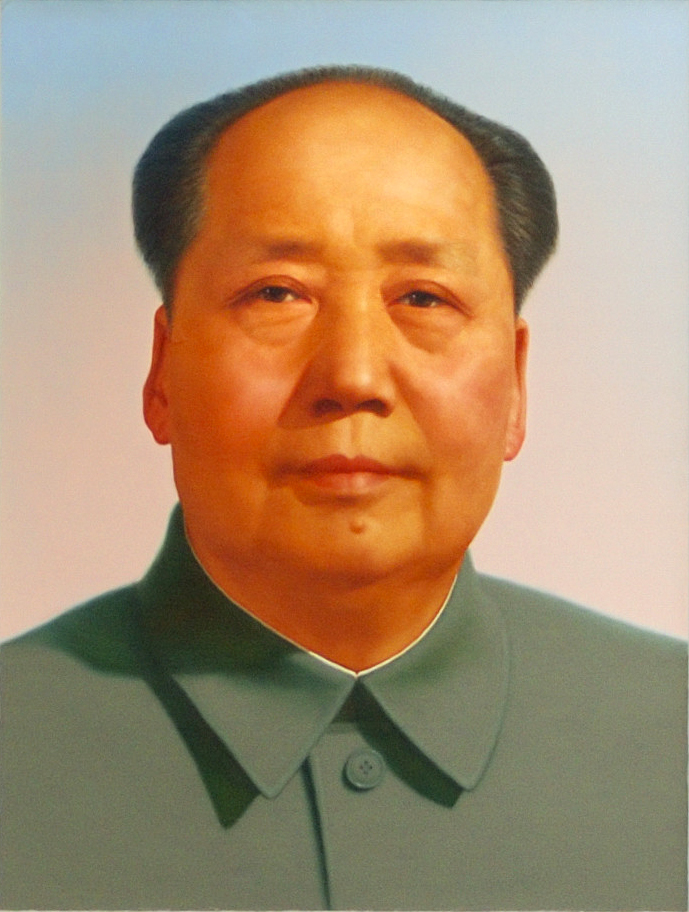
Vladimir Lenin (1870-1924)
Vladimir Lenin was the leader of the Soviet Russia and developed a political ideology known as Leninism. For nearly 100 years, his body has been preserved at the Red Square mausoleum. In 2018, President of Russia Vladimir Putin proposed that Lenin’s body be buried in 2024, marking the 100 year anniversary of his death, as it’s become expensive to preserve the body. It’s been proposed that his body with be replaced by a wax or rubber model.
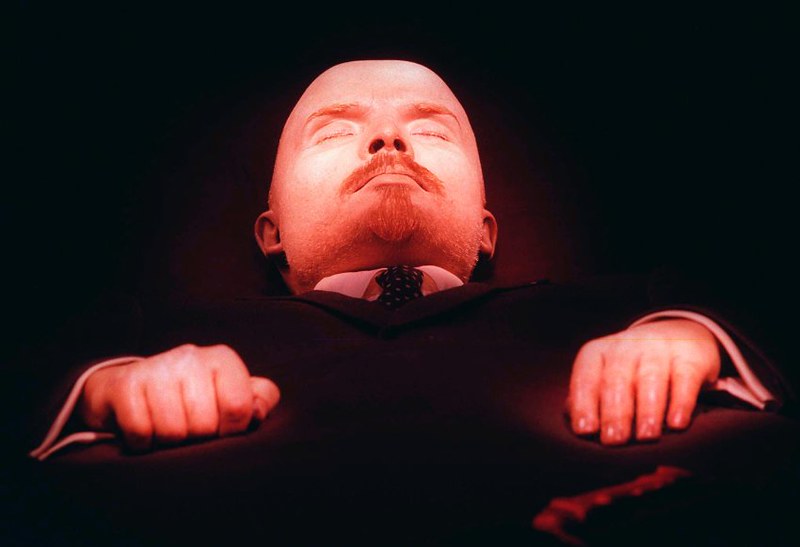
Ötzi the Ice Man (Unknown)
Ötzi lived around the time 3,300 BC and his body was discovered in the Ötztal Alps in 1991. He is one of the oldest natural mummies ever discovered and is believed to have been killed by blood loss from an arrow wound to the shoulder. He was mummified naturally in an ice glacier and upon inspection, 61 tattoos were discovered on his body. His body is currently displayed at the South Tyrol Museum of Archeology in South Tyrol, Italy.
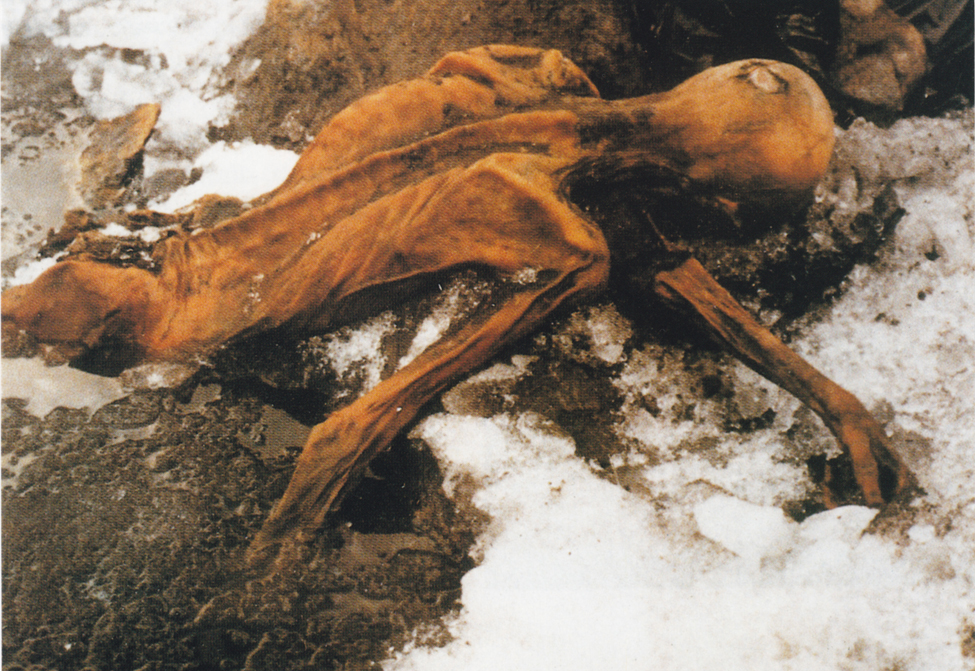
Kim Jong-il (1941-2011)
Kim Jong-il was the Supreme Leader of North Korea from 1994 to 2011. He was preceded by his father, Kim Il-Sung who ruled from 1948-1997, and succeeded, by his son Kim Jong-un. After the death of Il-Sung, his body was embalmed and Kumsusan Palace of the Sun was renovated to be his mausoleum. When Jong-il died, his body was also embalmed and is permanently displayed in the Pyongyang mausoleum. Both bodies are preserved in a clear glass sarcophagus with the flag of the Workers’ Party of Korea draped over their bodies.
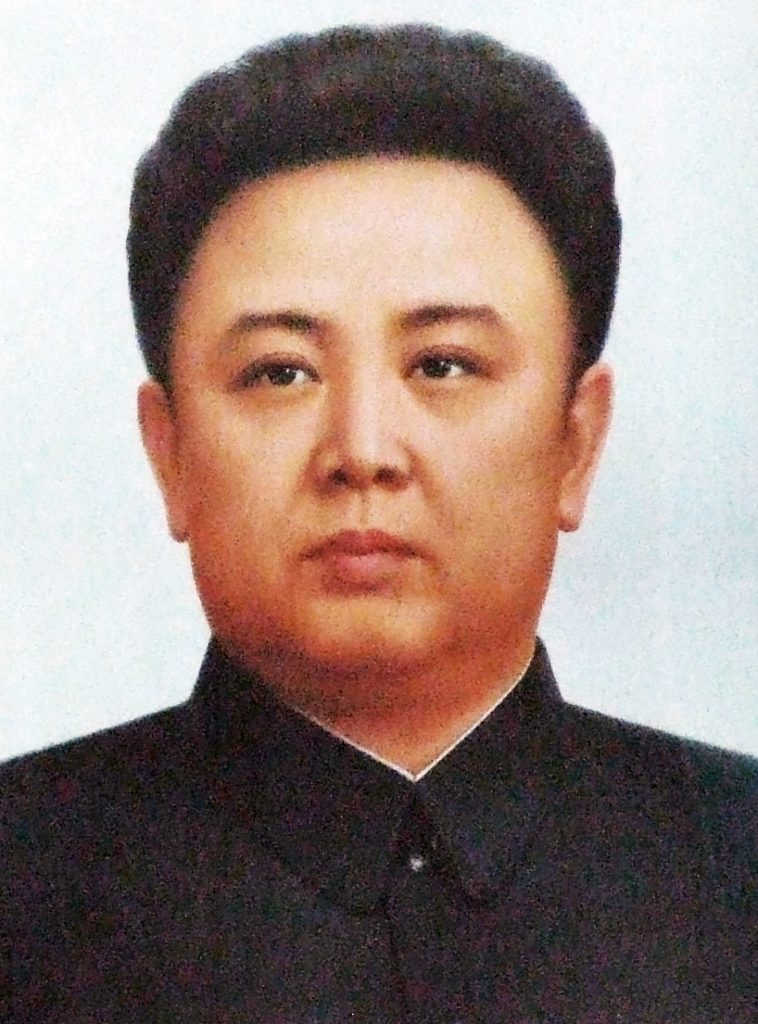
Ho Chi Minh (1890-1969)
Ho Chi Minh was the Prime Minister of North Vietnam from 1945-1955 and the President of Vietnam from 1945 until his death in 1969. Before his death, Ho Chi Minh stated that he wanted to be cremated, however his body was embalmed and preserved at the Ho Chi Minh Mausoleum in Ba Dinh Square in Hanoi, Vietnam.
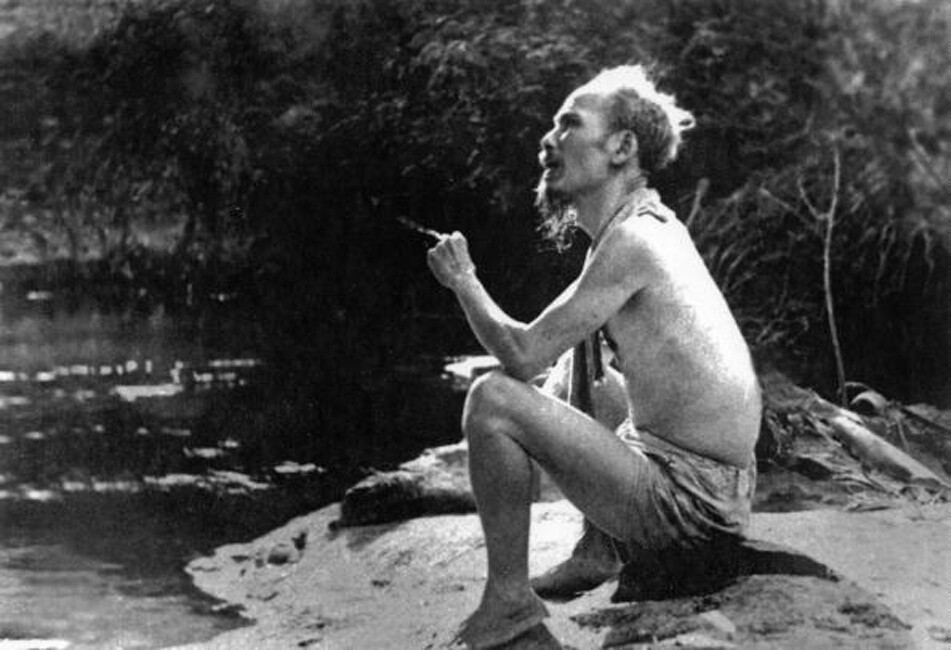
Mummy Juanita (Unknown)
Mummy Juanita, also referred to as the Lady Ampato or Ice Maiden was killed as an offering to the Incan gods (a practice called capacocha) between the years 1440 and 1480 when she was between the ages of 12 and 15. Her body was mummified and preserved by ice on Mount Ampato in Southern Perú. Her body was found by anthropologist Johan Reinhard in 1995, with her body almost entirely frozen, therefore, extremely well preserved. Her body is currently kept at the Catholic University of Santa María in Arequipa, Perú and preserved in a glass box that’s kept at a constant cold temperature.
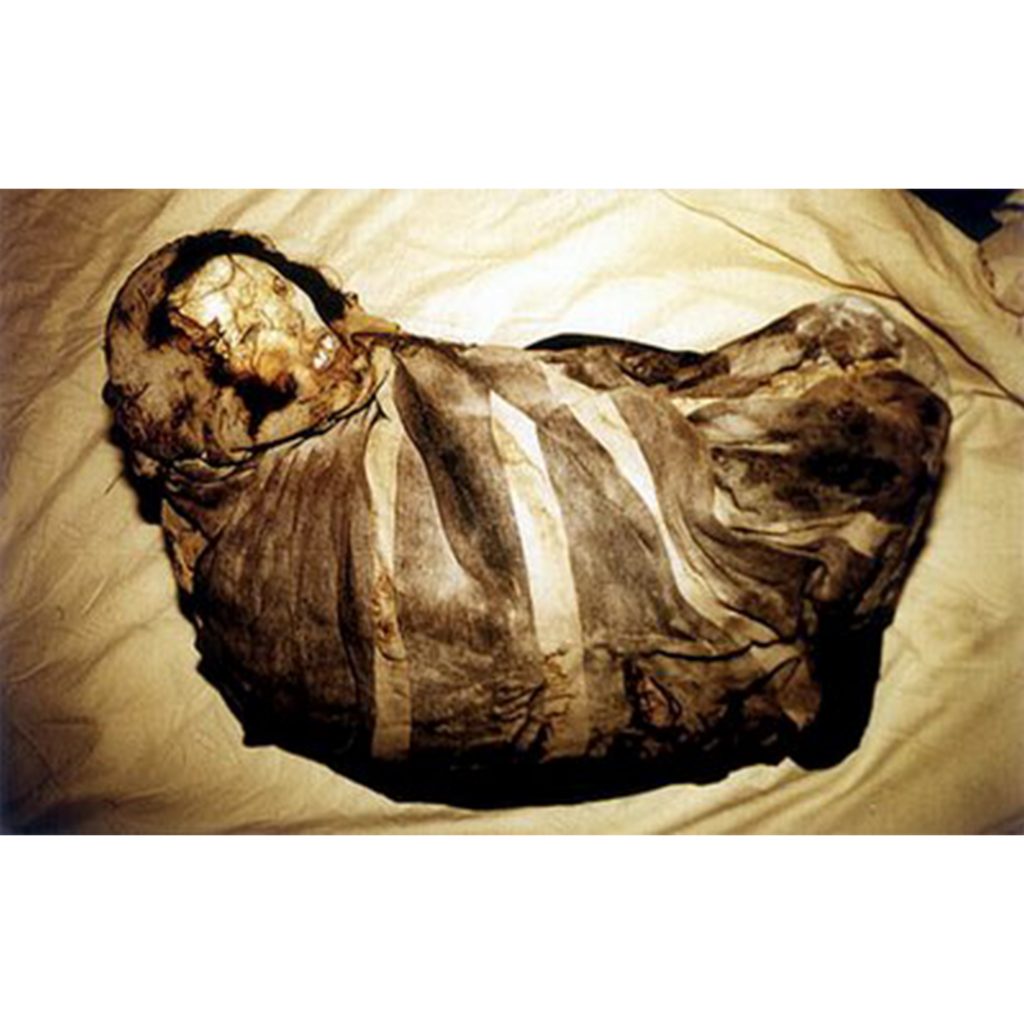
Lady Dai (217-168 BC)
Lady Dai, also known as Xin Zhui, was the wife of the Marquis of Dai during the Western Han dynasty of ancient China. After her death, she was buried in a tomb at Mawangdui in Changsha alongside thousands of items. Her tomb was unearthed by workers in 1968 and the excavation of her tomb began in 1972. Her body was bound by 20 layers of clothing and she was buried inside four coffins, each painted with different elaborate motifs, of decreasing size. There was an unknown acidic fluid inside the fourth coffin, which allowed her body to be exceptionally well preserved. Unlike most natural mummies, her body was soft and she still had skin on her face, hair, eyelashes and 138 undigested melon seeds in her body. She’s widely considered to be one of the greatest scientific discoveries of the 20th centuries and her body is currently kept at the Hunan Museum in Hunan, China.
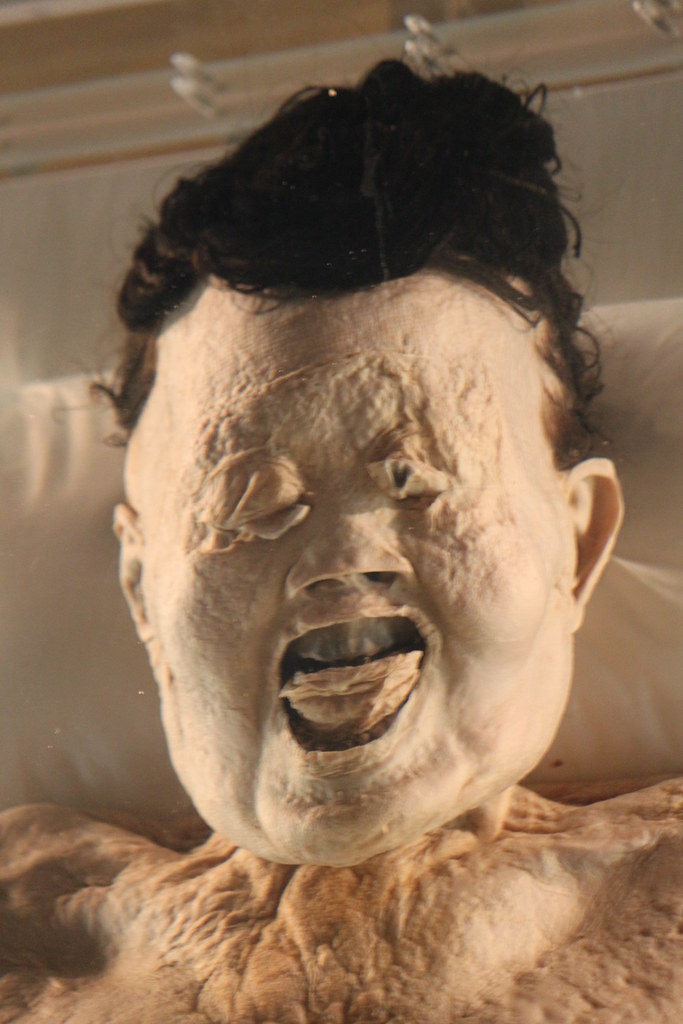
Jeremy Bentham (1748-1832)
Jeremy Bentham was an English philosopher and is often regarded as the father of modern utilitarianism. Before his death, he wrote a letter wishing to become an auto-icon, which is a dead body that is preserved, dressed and displayed. After his death, Bentham’s head and skeleton were “preserved” in a wooden cabinet. His clothes were put on the skeleton and filled with hay. Physician Thomas Southwood Smith attempted to mummify Bentham’s head using techniques by the indigenous people of New Zealand, which involved placing the head under an air pump over sulfuric acid to draw out fluids. Because of Bentham’s head’s unsightly appearance, the auto-icon body was given a wax head and his real head is preserved alongside the body. Bentham’s auto-icon was given a new glass display case in 2020 and is on display at the student center of the University College London.
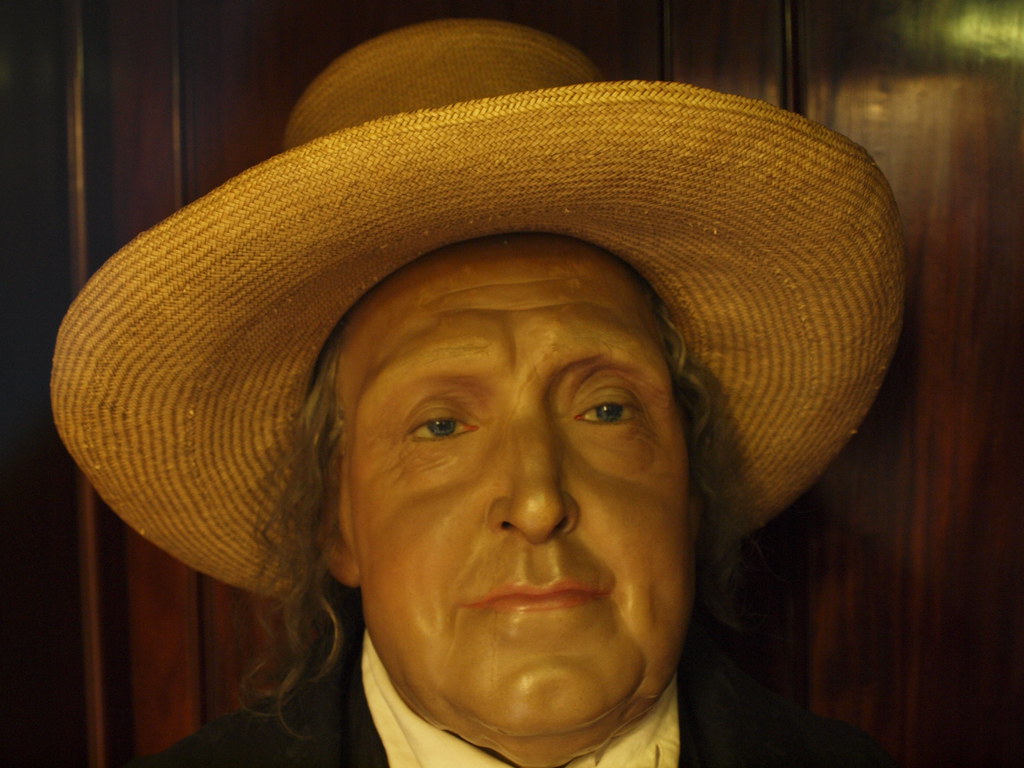
Eva Perón (1919-1952)
Eva Perón, also known as Evita, was the first lady of Argentina from 1946 until her death in 1952. After her death, she was embalmed and it was planned for her body to be displayed at the base of a monument that was under construction. However, after her husband Juan Perón was overthrown in a military coup, her body disappeared and it’s whereabouts were a mystery for 16 years. Then in 1971, it was discovered that her body had been buried in a crypt in Milan, Italy under the name María Maggi. Her body was exhumed and brought to Perón in Spain, who kept the body in his home. After his exile, Perón returned to Argentina to become President once more until his death in 1974. After his death, a guerilla group called Montoneros stole the corpse of Argentine army general Pedro Eugenio Aramburo to pressure the repatriation of Eva Perón’s body. Her body was eventually returned and buried at the Duarte family tomb in La Recoleta Cemetary in Buenos Aires, Argentina. Her tomb is secured by a series of trap doors and secret compartments.
